The Sony A1, also known as the Sony Alpha 1, is the most exciting camera that has been announced for some time. Its specification list (at the bottom of this post) makes impressive reading and it seems to be the mirrorless camera that many professional photographers and content creators have been hoping for.
Inevitably, when a ground-breaking camera comes along with novel technology, it’s not cheap. And at £6,500/$6,500 the Sony A1 is Sony’s most expensive Alpha-series camera to date. That price, however, puts it level with the Canon EOS-1D X Mark III and Nikon D6.
In this post, we’re going to take a look at how the Sony A1 compares with the Sony A9 II, A7R IV, A7S III and A7 III, to see what sets it apart.
Follow the link to read our Sony A1 review
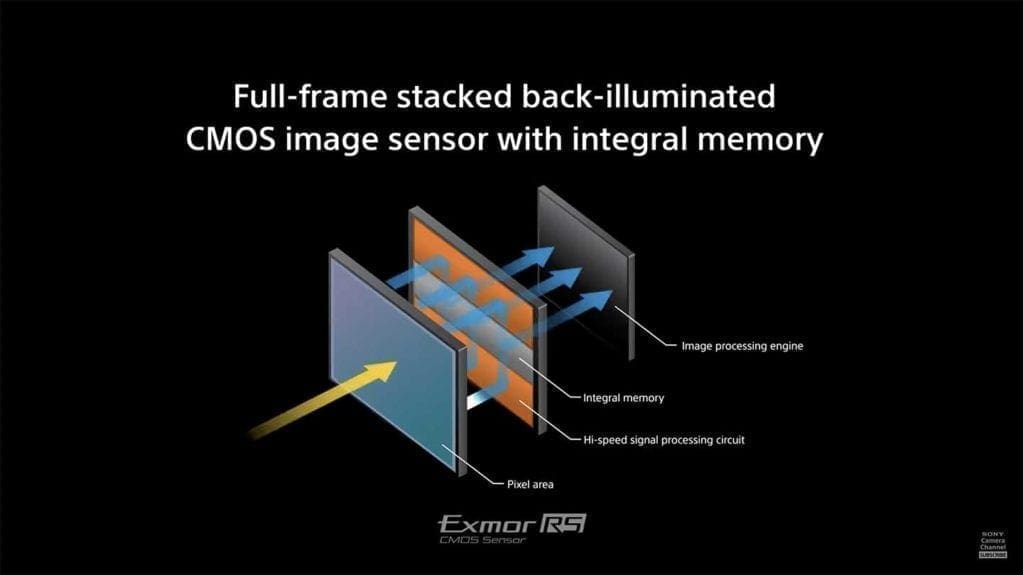
Read our Sony A7S III review
Sensor
Sony makes sensors for several brands, giving it an advantage against some of its competitors.
Like the Sony A9 II and A9, the Sony A1 has a stacked back-illuminated full-frame Exmor RS CMOS sensor with integral memory. However, the A1’s sensor has an effective pixel count of 50.1Mp, more than twice that of the 24.2Mp A9II and A9.
The A7R IV and A7S III both have Exmor R CMOS sensors, but they’re not stacked and there’s no memory integrated on to it to boost the processing power. Where the A7R IV’s sensor trumps the A1’s, however, is with its resolution, which at 61MP enables it to resolve a huge amount of detail.
At the other end of the scale, the A7S III’s full-frame sensor has a pixel count of just 12.1Mp. That means that its pixels are large, giving it an advantage for low-light and noise control.
The combination of its stacked design and the slightly more modest pixel count should give the A1 an advantage over the A7R IV for noise control. And clearly, it knocks spots off the A7S III, A9 II and A7 III for detail resolution.
Read our Sony A7R IV review
Speed
While the Sony A9 II and A9 are built for speed, they don’t have the same resolution as the A1. The mind-blowing thing is that thanks to the A1’s Bionz XR processing engine, it can shoot full-resolution images at 30fps (frames per second). The A9 II and A9 have Sony’s Bionz X processor which gives them a maximum full-resolution continuous shooting rate of 20fps.
Meanwhile, the A7R IV, A7 III and A7S III can shoot at 10fps.
For many photographers, 10fps is more than enough and 20fps may seem excessive, but for a professional photographer looking for those split-second moments, the extra fps can really make a difference. Shooting at 30fps could make a huge difference.
Read our Sony A7 IV review
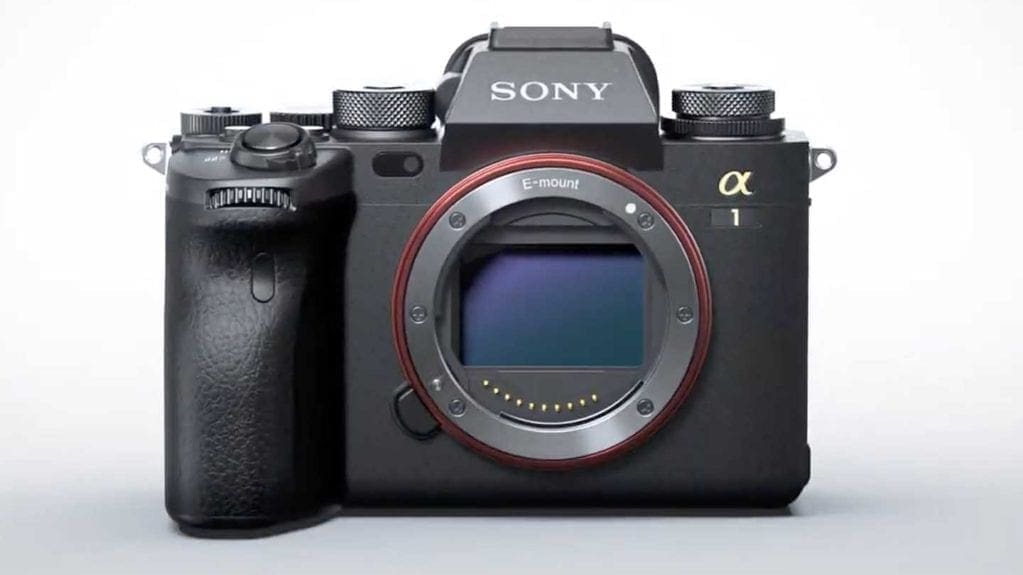
Find out which Sony A7 series camera is best for you
Sensitivity (ISO) Range
Sensitivity, or ISO and low-light performance is an important consideration for a professional photographer shooting in a wide range of conditions. With a pixel count of just 12Mp, the A7S III has a clear advantage here and accordingly, it has native sensitivity range of ISO 80-102,400, with expansion settings taking it to ISO 40-409,600.
The 24Mp A9 II also has an impressive range of ISO 100-51,200, which can be expanded to 50-204,800. That beats the A7R IV and A1 with their ISO 100-51,200 range (expandable to ISO 50-102,400). Given the new technology in the A1, as well as its lower pixel count, we can expect it to beat the A7R IV for noise control at the upper ISO settings.
Video
While the A7S III is likely to remain the choice of dedicated videographers who don’t need the A1’s stills capability, the A1 is the first of Sony’s Alpha series cameras to be capable of shooting 8K video. That’s something that is only matched by the Canon EOS R5.
Currently, the main benefit of shooting in 8K is the ability to crop footage down to 4K or Full-HD and create different compositions from the same clip.
The A1 has full pixel readout in the Super 35 mode (approx. APS-C 16:9), without pixel binning which means it condenses about 2.3x the data required for 4K video. There are also bit rates up to 600 Mbps for 4K XAVC HS, XAVC S, and XAVC S-I recording.
Like the A7S III, the A1 can shoot 16-bit raw video to an external recorder via HDMI for maximum post-production flexibility.
Read our Sony A7S III review
Autofocus
Like the A7S III, the A1’s hybrid AF system has 759 phase detection points, but again the A7S III’s lower resolution and larger pixels bring an advantage. While the A7S III’s AF system is sensitive down to -6EV, the A1’s is sensitive down to ‘just’ -4EV. That could make a difference in very gloomy conditions.
However, the A1 checks the focus and metering 120 times a second, which should make very adept at tracking moving subjects.
For comparison, the A9 II has 693 AF points with the focus being monitored 60 times a second, and the A7R IV has 567 points.
Sony’s Real-time tracking Eye AF is excellent and the A1 has the most advanced version to date. It’s the only Sony Alpha camera to feature Eye AF for birds as well as humans and animals.
Flash Sync
The Sony A9 II, A7R IV and A7S III all have a maximum flash sync speed of 1/250 sec. With the A1, Sony has been able to push the sync speed to 1/400sec when shooting in full-frame mode and 1/500sec in APS-C format.
Of course, that’s with the mechanical shutter in action. Only the A1 can shoot with flash at up to 1/200 sec with the electronic shutter.
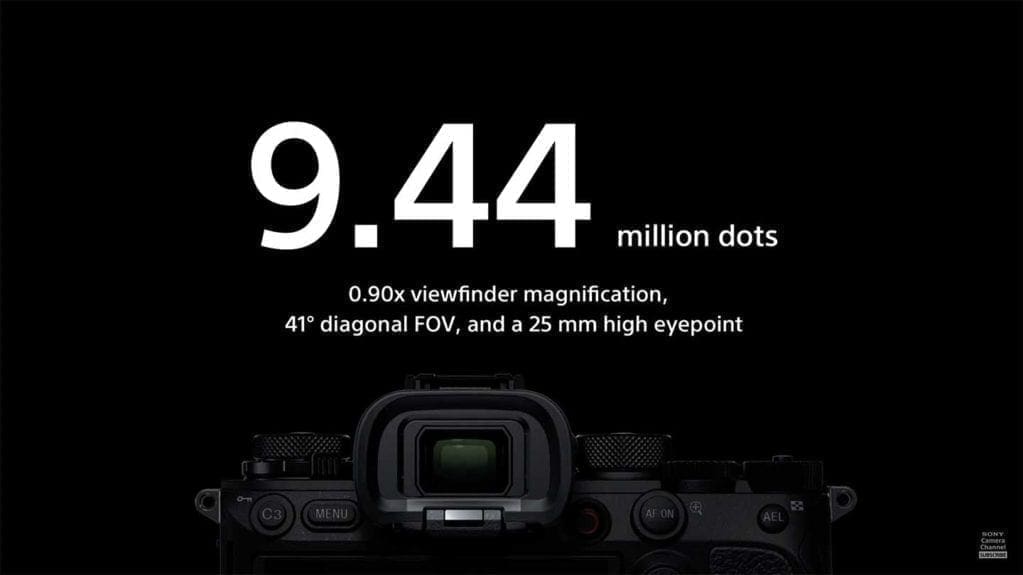
The A7R IV’s 0.5-inch viewfinder turned a few heads with its 5,760,000-dot resolution, but then came the A7S III’s 0.64-inch 9,437,184-dot type electronic viewfinder. The Sony A1 matches the A7S III for viewfinder size and resolution but doubles its refresh rate by taking it to 240fps.
Until the A1 was announced, the A9 II was Sony’s flagship alpha camera, but its EVF has a more modest resolution of 3.76million dots and a refresh rate of 120fps.

Screen
Sony has been driving us mad with touchscreens that enable very little touch control and complex menu arrangements. Finally, the A7S III shows that Sony has been listening, it has a 3-inch 1,440,000-dot vari-angle touchscreen with proper touch-control and a revised menu arrangement.
As with the A7R IV and A9 II, Sony may not have gone for a vari-angle screen for the A1, but it has the A7S III’s menu structure and upgraded touch control.
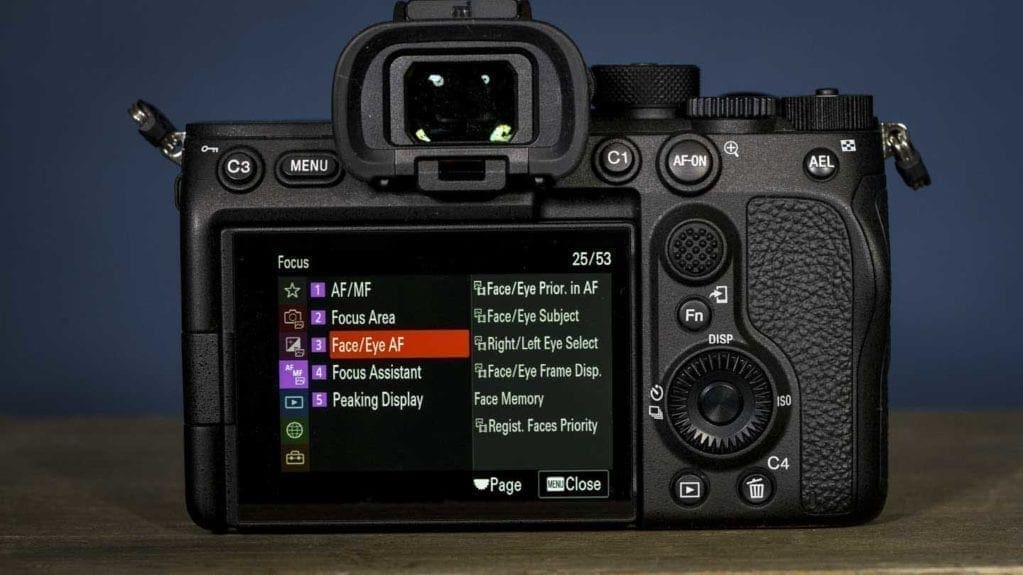
Storage
Until the A7S III came along, Sony had been using dual SD-type media for its full-frame Alpha-series cameras. Like the A7S III, the A1 has two card slots that can accept either SD type media (UHS-II) or CFexpress type A cards.
Versatility
As I mentioned earlier, the A1 leapfrogs the A9 II to become Sony’s flagship Alpha-series mirrorless camera. It combines a popular pixel count with fast-shooting capability and a blistering AF system. The A1 beats the A9 II on all three fronts, having a higher resolution, faster-shooting and a more impressive AF system.
Meanwhile, the A7R IV majors on resolution and the A7S III is all about low light and video. The Song Alpha 1 may not match the A7R IV for resolution but at 50Mp, it’s still high enough for most uses and enables plenty of scope for cropping. The A1’s video capability is also very close to that of the A7S III but adds 8K capability, making it a great choice of anyone who needs to be able to shoot high-end video as well as stills.
Sony’s other all-rounder is the A7 III. That’s a 24Mp full-framer with a sensitivity range of up to ISO 50-204,800, 693 phase detection AF points, 4K video capability and a maximum continuous shooting rate of 10fps. It’s a great camera, but it’s aimed at enthusiast photographers rather than professionals like the A1 and is priced accordingly.
You can pre-order the Sony A1 from Wex Photo Video and Park Cameras in the UK and Adorama or B&H Photo Video in the USA.
Specification
- Camera type: Full-frame mirrorless
- Announced: 26th January 2021
- Sensor: 50.1Mp full frame (35.9 x 24.0mm), Exmor RS CMOS sensor
- Lens mount: FE
- Sensitivity range: Stills: ISO 100-32000 (expandable to ISO 50 to ISO 102400) Video: ISO ISO 100-32000 (expandable to ISO 100-12800)
- Still Image format: Jpeg, HEIF, raw (Sony ARW 4.0)
- Video format & compression: XAVC S: MPEG-4 AVC/H.264, XAVC HS: MPEG-H HEVC/H.265
- 8K Video (XAVC HS): 7680 x 4320 (4:2:0, 10bit, NTSC) (Approx.): 30p(400Mbps / 200 Mbps), 24p(400Mbps / 200 Mbps), 7680 x 4320 (4:2:0, 10bit, PAL) (Approx.): 25p(400Mbps / 200 Mbps)
- 4K Video (XAVC HS): 3840 x 2160 (4:2:0, 10bit, NTSC) (Approx.): 120p (200Mbps), 60p (150Mbps / 75Mbps / 45Mbps), 24p (100Mbps / 50Mbps / 30Mbps); 3840 x 2160 (4:2:0, 10bit, PAL) (Approx.): 100p (200Mbps), 50p (150Mbps / 75Mbps / 45Mbps); 3840 x 2160 (4:2:2, 10bit, NTSC) (Approx.): 120p (280Mbps), 60p (200Mbps / 100Mbps), 24p (100Mbps / 50Mbps); 3840 x 2160 (4:2:2, 10bit, PAL) (Approx.): 100p (280Mbps), 50p (200Mbps / 100Mbps)
- 4K Video (XAVC S): 3840 x 2160 (4:2:0, 8bit, NTSC) (Approx.): 120p (200Mbps), 60p (150Mbps), 30p (100Mbps / 60Mbps), 24p (100Mbps / 60Mbps); 3840 x 2160 (4:2:0, 8bit, PAL) (Approx.): 100p (200Mbps), 50p (150Mbps), 25p (100Mbps / 60Mbps); 3840 x 2160 (4:2:2, 10bit, NTSC) (Approx.): 120p (280Mbps), 60p (200Mbps), 30p (140Mbps), 24p (100Mbps); 3840 x 2160 (4:2:2, 10bit, PAL) (Approx.): 100p (280Mbps), 50p (200Mbps), 25p (140Mbps)
- 4K Video (XAVC S-I): 3840 x 2160 (4:2:2, 10bit, NTSC) (Approx.): 60p (600Mbps), 30p (300Mbps), 24p (240Mbps); 3840 x 2160 (4:2:2, 10bit, PAL) (Approx.): 50p (500Mbps), 25p (250Mbps)
- Movie functions: Audio Level Display, Audio Rec Level, PAL/NTSC Selector, Proxy Recording (1280 x 720 (6Mbps), 1920 x 1080(9Mbps), 1920 x 1080(16Mbps)), TC/UB, Auto Slow Shutter, Gamma Disp. Assist, raw output(HDMI)
- Autofocus system: Hybrid AF with 759 phase detection points and 425 contrast detection points, Still images: Human (Right/Left Eye Select) / Animal (Right/Left Eye Select) / Bird, Movie: Human (Right/Left Eye Select), sensitive down to -4EV
- Maximum continuous shooting rate: Mechanical shutter: 10fps, Electronic shutter 30fps
- Viewfinder: 0.64-inch 9,437,184-dot EVF with 100% coverage and up to 0.9x magnification. It also offers 0.90x viewfinder magnification, 41° diagonal field of view with 25mm-high eyepoint
- Screen: 3-inch 1,440,000-dot tilting touchscreen
- Stills shutter speed range: Mechanical shutter: 1/8000-30sec plus Bulb, Electronic shutter: 1/32000-30sec plus Bulb
- Max flash sync speed (full-frame): Mechanical shutter: 1/400 sec, Electronic shutter: 1/200 sec
- Image stabilisation: 5-axis giving up to 5.5EV compensation
- Storage: Dual SD/SDHC/SDXC (UHS-I/II) & CFexpress Type A slots
- Connection ports: Sync, 3.5mm headphone, 3.5mm mic, LAN
- Battery: NP-FZ100 rechargeable Li-ion battery giving 400 shots with the viewfinder or 530 with the screen
- Dimensions (WxHxD): 128.9 x 96.9 x 80.8mm / 5 1/8 x 3 7/8 x 3 1/4 inches
- Weight (including battery & memory card): 737g / 1 lb 10.0 oz
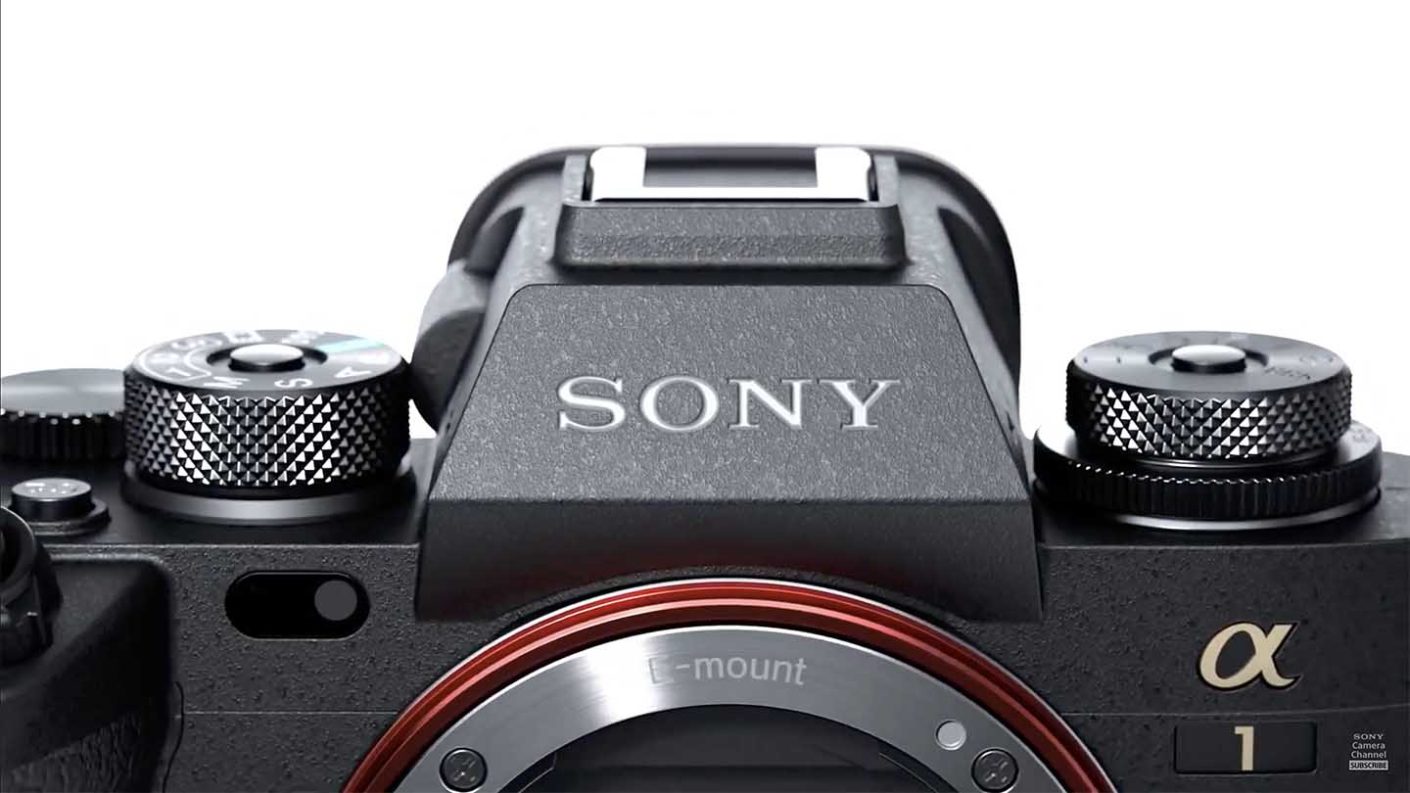



Great article. Thank you for the detailed combo review. Certainly helps with knowing which to purchase (I went with the A7R M4 for resolution, crop flexibility and price).
Thanks for letting us know! We’re glad it helped you make your camera choice.